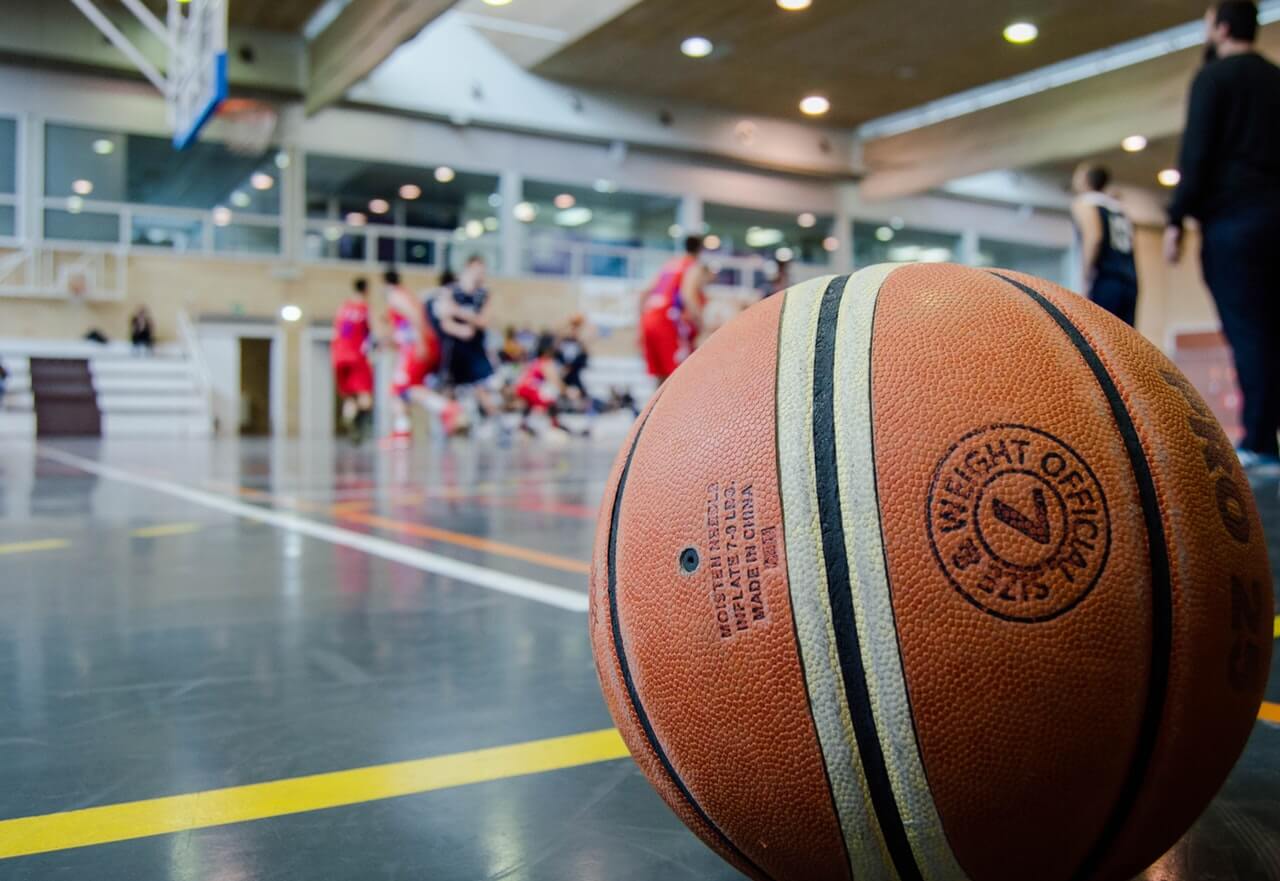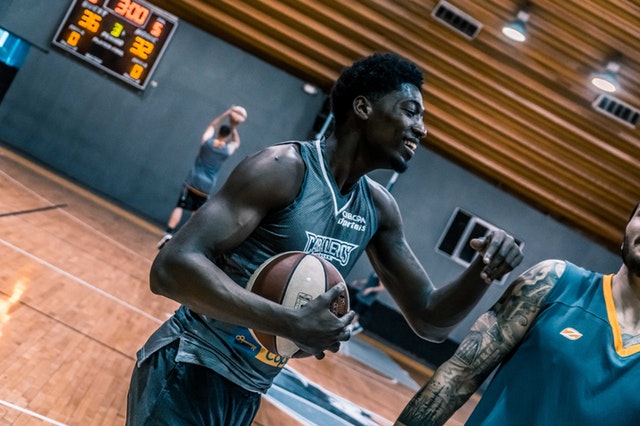This essay appeared in the September 22, 2018 edition of Blue Avocado.
As a former all-American and professional basketball player turned nonprofit leader, I see tons of similarities between life on the court and as an executive director of a small nonprofit. Everything I learned playing the game comes in surprisingly handy, especially the importance of both defining and continuously revisiting roles and responsibilities, trusting teammates, and striving to break records.
Are Roles and Responsibilities Clear?
On the basketball court, coaches spend an enormous amount of time outlining players’ roles in an effort to maximize strengths and minimize weaknesses, both of which are key to winning. For example, I was a good scorer, while other teammates were incredible defenders.
Defining the roles and responsibilities of your staff, volunteers, interns, and board members is perhaps the central challenge of nonprofit leadership. Articulating and defining roles is critical because nonprofits rely so heavily on volunteers.
This is particularly important when it comes to identifying and recruiting board members. Just like a basketball team, an effective board must be well balanced with members who possess a varied assortment of talents and expertise. Simply being passionate about the mission doesn’t qualify someone for board service, although of course it’s an important pre-requisite. Most importantly, you need to ensure clarity around the specific skills and contacts candidates offer, and how these overlap with current or future needs. Make sure to clearly articulate new member’s responsibilities and how they relate to the needs identified.
For smaller or start up organizations with minimal or no staff, developing a working board where members understand their specific roles and how those align with the organization’s needs is essential.
For example, in 2009 my music-focused nonprofit implemented Keys for the City, a program that placed painted pianos throughout the streets of Lancaster. We needed a well-connected visual artist to coordinate the design and painting aspects of the program. So we recruited one and clearly outlined her responsibilities around identifying and securing artists. Almost ten years later we can proudly claim Lancaster PA as the “Street Piano Capital of the World.”
Is Your Team Evolving?
On the basketball court, team chemistry and individual roles evolved over the course of the season due to injuries and constant adjustments in style of play. Nonprofits, like any team, must adapt as new opportunities, challenges, and issues arise. A lynchpin to ensuring this is constantly revisiting roles and responsibilities.
For example, we are in the process of finding a new board member to serve as our treasurer. The board member currently in that role conceived a program to catalogue and repair every single instrument at every public school in the county. It’s a big, detailed, expensive, and operationally challenging program, but also a huge opportunity for us. We’ve been communicating throughout regarding him eventually relinquishing his duties as treasurer to tap his skills to build and execute what will become a major program, and we’re excited to finally be ready to make that transition.
Trust Your Teammates
Once roles and responsibilities are established—or re-established over time—the real challenge begins: trusting your team to carry them out.
In my former basketball life, my most important role was scoring points. But to do that, I had to trust my teammates to help me get open and deliver the ball to me at the right time and place.
Trusting teammates to do their job is especially important if you lead a small nonprofit. In the case of my nonprofit, we started with a volunteer staff of one—me. Since 2006, we’ve grown to a point where we invested over $1.6 million in grants, scholarships, and general support for school and community music programs. With no full-time paid staff until 2016, we have been successful because we have a working board and volunteers who understand and execute their roles and responsibilities.
In short, whether on the basketball court or in a small nonprofit, all of that strategic recruitment and role defining is of little use if those people are not allowed to do the jobs for which they’re recruited. Without trust, the ability to grow your organization and increase community impact will be severely limited.
Or, in the words of the aforementioned treasurer turned instrument repair guru, “You identify ‘doers,’ tell them what to do, and let them do it.”
Are You Striving to Break Records?
At Davidson College, I held the school career scoring record for 30 years, until Steph Curry came along. Records are wonderful, but they’re made to be broken, whether in sports or in your nonprofit.
As a founder, I’m still working on letting our “doers do their thing.” But we’re making progress as evidenced in our evolution and growing impact. One of our signature initiatives is an annual instrument grant program. This year, we awarded over $112,000 to 51 different schools and community arts groups to purchase instruments, breaking our previous 2017 record. That’s the kind of record we’d love to keep breaking!
When you set a new record, take the time to celebrate it, but soon after, set a new target that exceeds your old record, and put a plan in place to reach it. Where are you motivating your staff to exceed their previous successes?
Some have said, “If you play life as a game, you’ll always win.” While the work of nonprofits is no game, there are many lessons we can learn from them. In my personal experience playing basketball, the most relevant and applicable lessons I learned on the court and now think about daily in my new career as an executive director center around defining and continuously revisiting roles and responsibilities, trusting teammates, and striving to break records. Now that I’ve shared my playbook, I hope you find these helpful, too!


